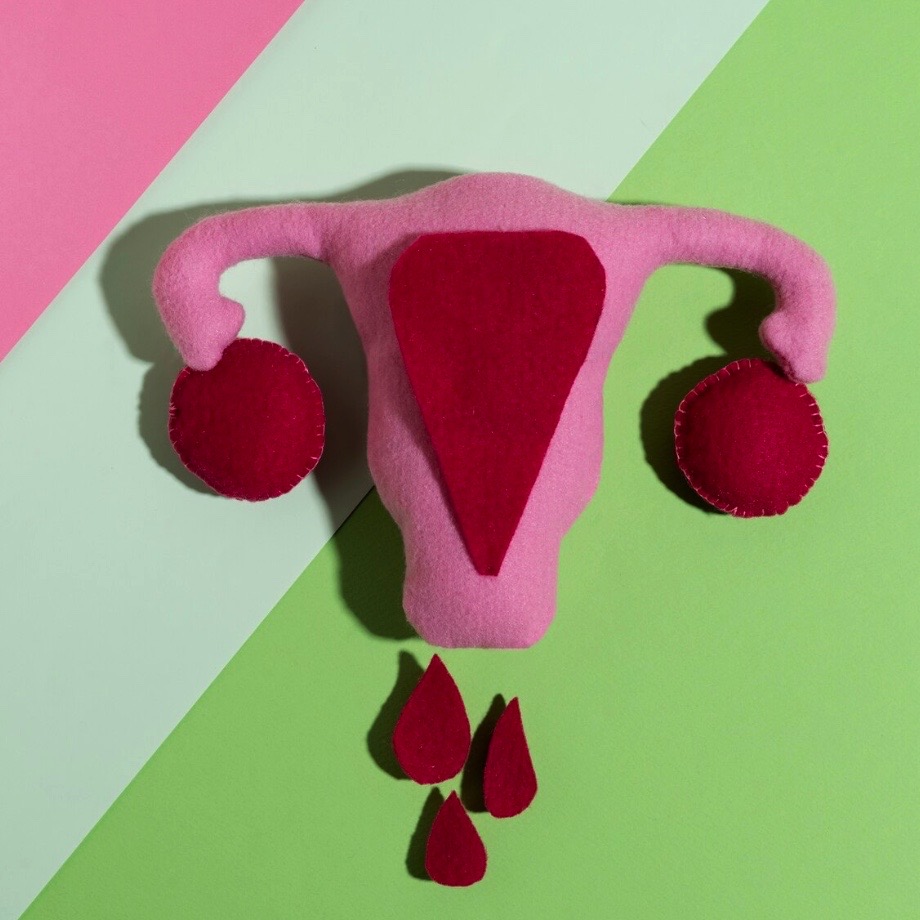Factors affecting the onset and the degree of post-hysterectomy vaginal vault prolapse

All claims expressed in this article are solely those of the authors and do not necessarily represent those of their affiliated organizations, or those of the publisher, the editors and the reviewers. Any product that may be evaluated in this article or claim that may be made by its manufacturer is not guaranteed or endorsed by the publisher.
Accepted: 12 February 2024
Authors
Post-hysterectomy vaginal vault prolapse can affect life quality, and its onset varies. Previous studies have discussed the causes of post-hysterectomy vaginal vault prolapse but have not discussed the causes of the degree. This study aims to explore factors affecting the onset and degree of post-hysterectomy vaginal vault prolapse. A case-control study was conducted for seven years (2015-2022) at a tertiary referral hospital in East Java, Indonesia. Patient medical record data was accessed to find a diagnosis of post-hysterectomy vaginal vault prolapse. The onset was divided into two categories: ≤1 year and >1 year. The pelvic organ prolapse quantification system measured the degree. The data were analyzed with the Chi-square test. A total of 34 patients were identified. Age influences the onset of post-hysterectomy vaginal vault prolapse (p<0.05). Number of living children, history of abortion, ethnic group, contraceptive use, number of marriages, body mass index (BMI), vaginal labor history, sexual status, and operation history did not influence the onset of complaints/appearance of post-hysterectomy vaginal vault prolapse (p≥0.05). Age, number of living children, history of abortion, ethnic group, contraceptive use, number of marriages, BMI, vaginal labor history, sexual status, operation history, and the onset did not differ between grade I-II and grade III-IV patients (p≥0.05). It is necessary to pay attention to the age factor to prevent and detect the emergence of post-hysterectomy vaginal vault prolapse.
How to Cite

This work is licensed under a Creative Commons Attribution-NonCommercial 4.0 International License.






